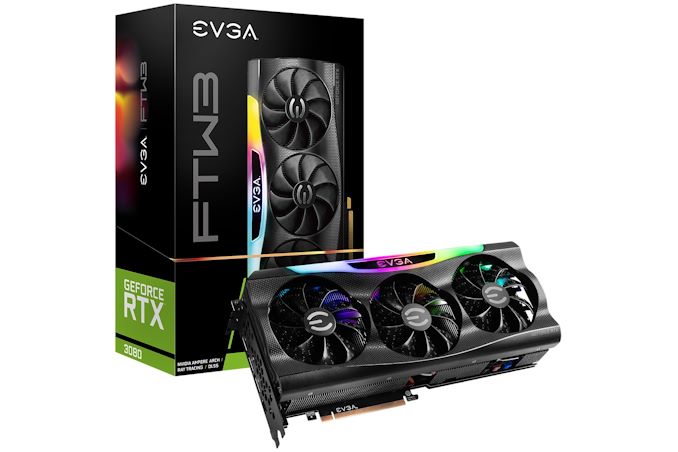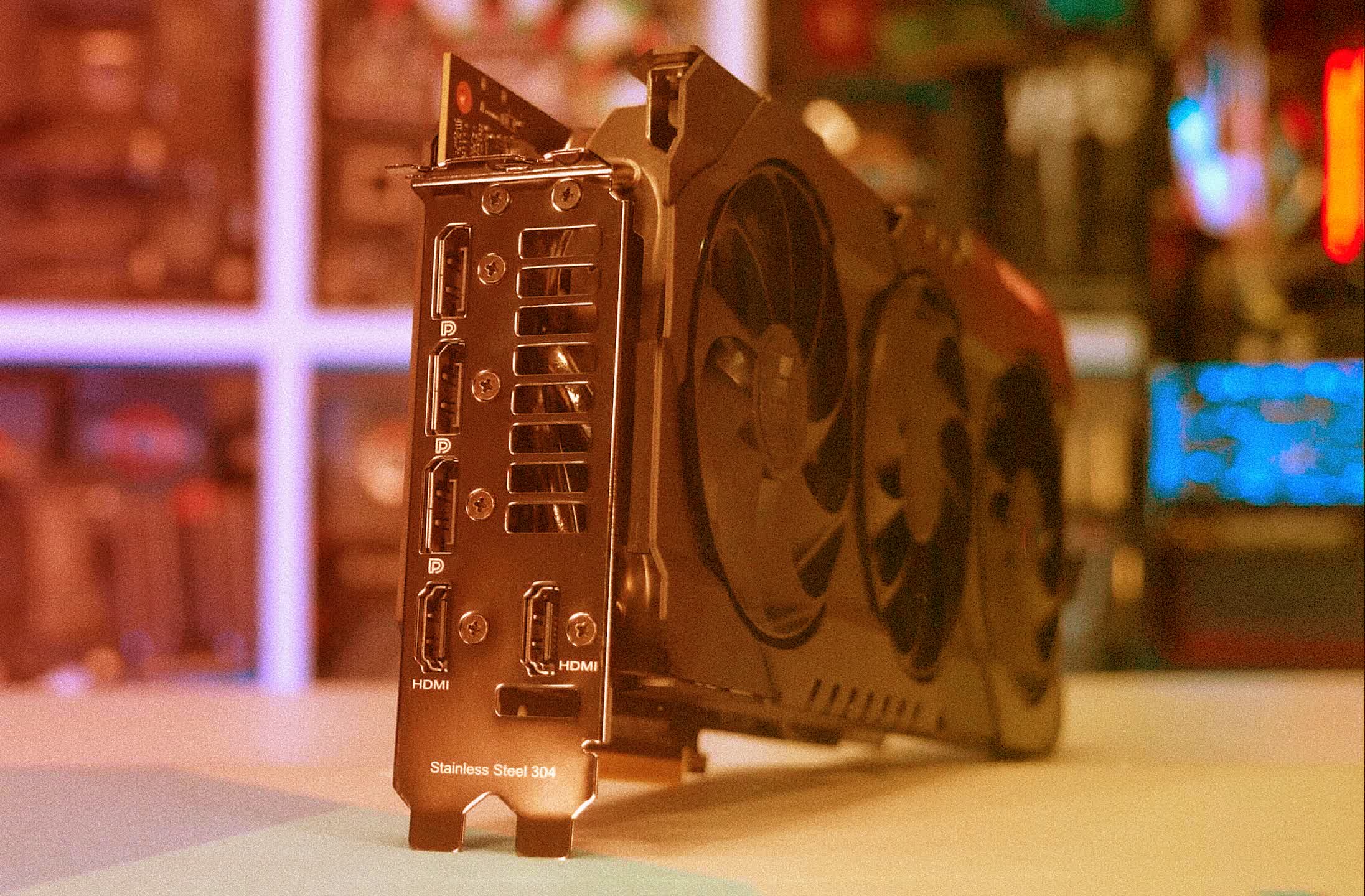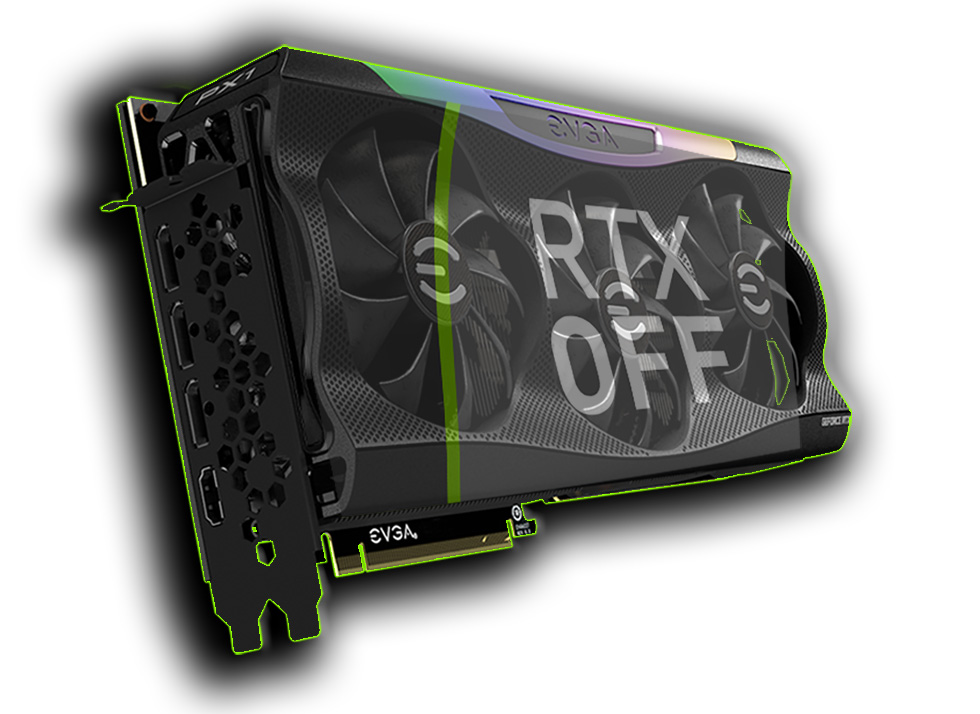DavidGraham
Veteran
They made only two AMD generations after dropping NVIDIA, then stopped making GPUs completely for either brands.bit more than "two generations of AMD cards" and started doing them years before doing a single NV card
Never claimed they did.Sparkle never did AMD products outside embedded space
Why did it take him almost six months to announce?The decision to quit was made in april, quite a bit before the crash
Not a single thing I said is wrong.since your post got things factually wrong -





